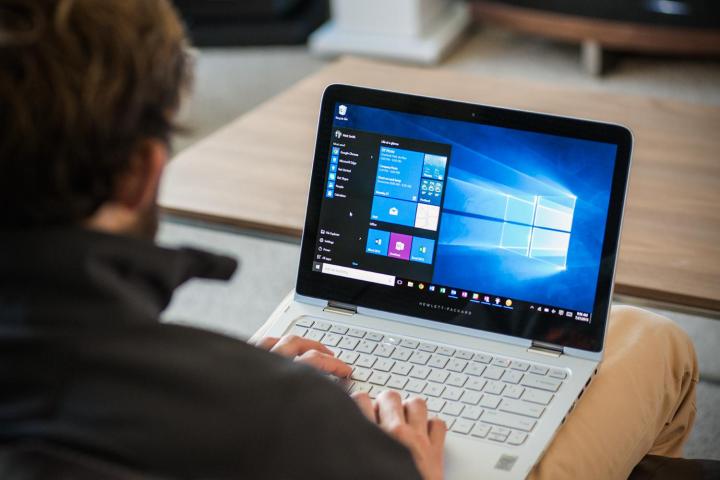
Although those issues have since been addressed and explained, several others have persisted, so Microsoft has now launched a new section for its Windows 10 website, all about the activation process, what it means, what the process is and many other questions people have had.
For example, did you know that Windows 10 activation without a product key is called “Digital Entitlement?”
You’re part of the Digital Entitlement upgrade system if you’re doing so through a Windows 7 or 8.1 upgrade, after buying Windows 10 from a Windows Store, or you upgraded from the Windows Insider program. Everyone else, whether they bought a new device with the OS on, a digital copy, or a disk-based copy, will need to use a traditional product key.
If you upgrade from an applicable, previous copy of Windows to Windows 10, it will activate automatically for you and you’re registered for life; although that won’t be possible if you never activated your original OS. Should you ever need to reinstall Windows 10, it will be twinned with your device, so you’ll never have to worry about putting in a key or activating ever again.
Unfortunately though, much like operating systems of old, that won’t work if you make big hardware changes to your system. If that happens, Windows 10 may not recognize it anymore, in which case you will need to contact customer support.
Presumably, this case-by-case basis will allow for some users to transfer the OS from one system build to another (if the original is no longer in use, of course).
Editors' Recommendations
- Windows 11 might nag you about AI requirements soon
- You’re going to hate the latest change to Windows 11
- The most common Windows 11 problems and how to fix them
- Microsoft finds a sneaky way to slip more ads into Windows
- Microsoft announces a new threat to push people to Windows 11




